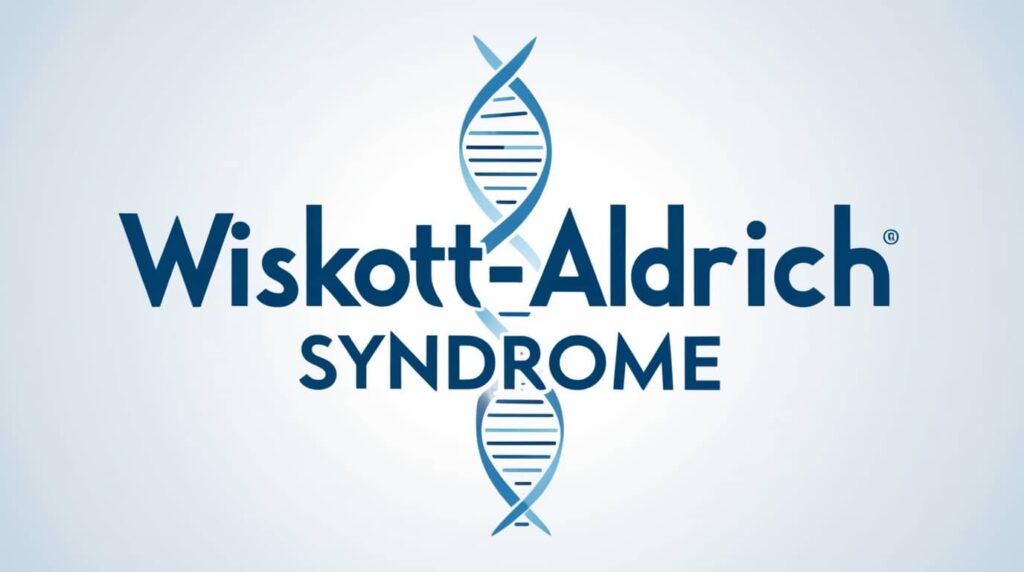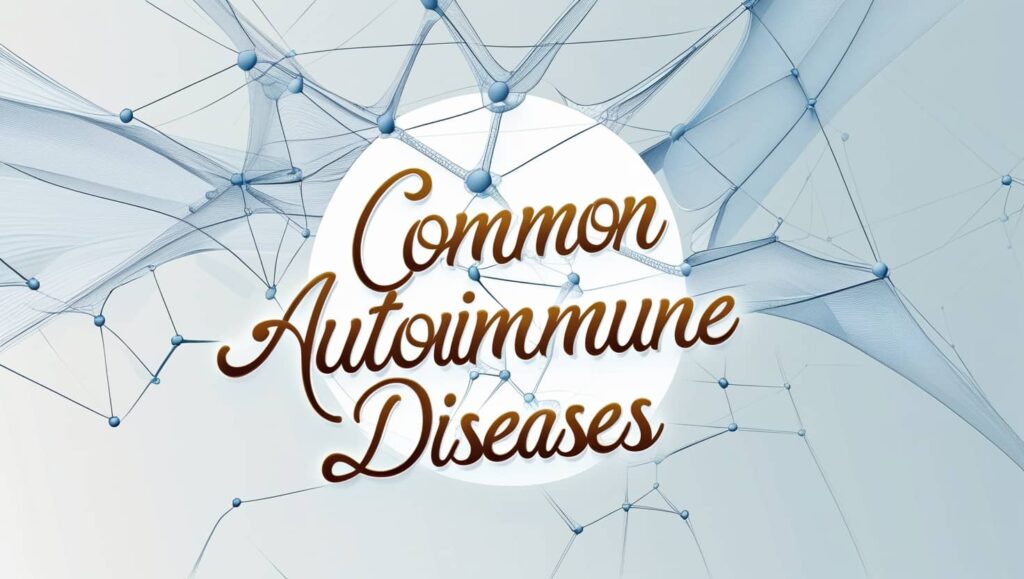Good’s syndrome is a rare adult-onset thymoma-related immunodeficiency with an unknown cause. In 1954, Dr. Good et al. were the first to report this association.
Thymoma in Good’s syndrome is linked to hypogammaglobulinemia.
It develops in 3%-6% of thymoma patients.
The majority of patients have no circulating B cells.
Symptoms & Clinical Features of Good’s Syndrome
Patients may experience symptoms secondary to thymoma, such as coughing, chest pain, dysphagia, dyspnea, and hoarseness.
The disease typically begins in the fifth decade of life and presents with:
- Recurrent infections.
- Autoimmune and hematologic manifestations.
- Gastrointestinal disorders.
- Bronchiectasis.
- Malignancies such as Kaposi sarcoma.
- Autoimmune manifestations affect the skin, nervous system, and hematopoietic system.
Examples of co-associated autoimmune features: –
- Oral lichen planus.
- Pure red cell aplasia.
- Graft versus host disease.
- Enteropathy.
- Myasthenia gravis.
- Neutropenia.
- Inflammatory bowel disease.
Diagnosis of Good’s Syndrome
There are no formal diagnostic criteria for this disorder, which is classified as a distinct entity by the World Health Organization/International Union of Immunological Societies expert committee on primary immunodeficiencies.
Finding an asymptomatic anterior mediastinal mass on a chest X-ray could lead to the initial diagnosis.
Chest computed tomography might be more accurate at diagnosing thymoma and pulmonary complications because thymoma can be missed on a chest x-ray in 20%–40% of cases.
It is a critical diagnostic tool for determining the early stages of disease.
Serum immunoglobulins should be considered as part of the routine diagnostic investigation for a patient with an anterior mediastinal mass.
Read Also: SAPHO Syndrome | Causes, Symptoms, Diagnosis & Treatments
In patients with thymomas who attend chest or oncology clinics, a reduction in serum immunoglobulins, a history of recurrent sinopulmonary infections, or opportunistic infections, such as CMV or mucocutaneous candidiasis, should be clinical cues to the presence of Good’s syndrome.
Immunological studies reveal: –
- Low to absent peripheral B cells with consequent hypogammaglobulinemia.
- Variably altered T-cell populations.
- Reverse CD4/CD8 ratio, CD4 lymphopenia.
- Variably altered proliferative response to mitogen.
Treatment of Good’s Syndrome
There is currently no established treatment for this syndrome other than standard immunoglobulin replacement therapy.
Read Also: Wiskott-Aldrich Syndrome | Causes, Symptoms & Treatments
Summary
Good’s syndrome is a rare adult-onset thymoma-related immunodeficiency with an unknown cause.
Patients may experience symptoms secondary to thymoma, such as coughing, chest pain, dysphagia, dyspnea, and hoarseness.
The disease typically begins in the fifth decade of life and presents with:
- Recurrent infections.
- Autoimmune and hematologic manifestations.
- Gastrointestinal disorders.
- Bronchiectasis.
- Malignancies such as Kaposi sarcoma.
Autoimmune manifestations affect the skin, nervous system, and hematopoietic system.
There are no formal diagnostic criteria for this disorder.
Finding an asymptomatic anterior mediastinal mass on a chest X-ray could lead to the initial diagnosis.
Chest computed tomography might be more accurate at diagnosing thymoma and pulmonary complications because thymoma can be missed on a chest x-ray in 20%–40% of cases.
Serum immunoglobulins should be considered as part of the routine diagnostic investigation for a patient with an anterior mediastinal mass.
Immunological studies reveal: –
- Low to absent peripheral B cells with consequent hypogammaglobulinemia.
- Variably altered T-cell populations.
- Reverse CD4/CD8 ratio, CD4 lymphopenia.
- Variably altered proliferative response to mitogen.
There is currently no established treatment for this syndrome other than standard immunoglobulin replacement therapy.
References
- Malphettes, Marion, et al. “Good Syndrome: An Adult-Onset Immunodeficiency Remarkable for Its High Incidence of Invasive Infections and Autoimmune Complications.” Clinical Infectious Diseases, vol. 61, no. 2, 15 July 2015, pp. e13–e19, https://doi.org/10.1093/cid/civ269. from Oxford University Press
- Nabavi, Mohammad, et al. “Good’s Syndrome (Immunodeficiency with Thymoma): A Separate Entity with a Broad Classification: Report of Six Cases and Review of the Literature.” Clinical Case Reports, vol. 9, no. 6, June 2021, https://doi.org/10.1002/ccr3.4136. from Wiley Online Library
- Kelleher, P. “What Is Good’s Syndrome? Immunological Abnormalities in Patients with Thymoma.” Journal of Clinical Pathology, vol. 56, no. 1, 1 Jan. 2003, pp. 12–16, https://doi.org/10.1136/jcp.56.1.12. Accessed 19 May 2022. from PubMed







